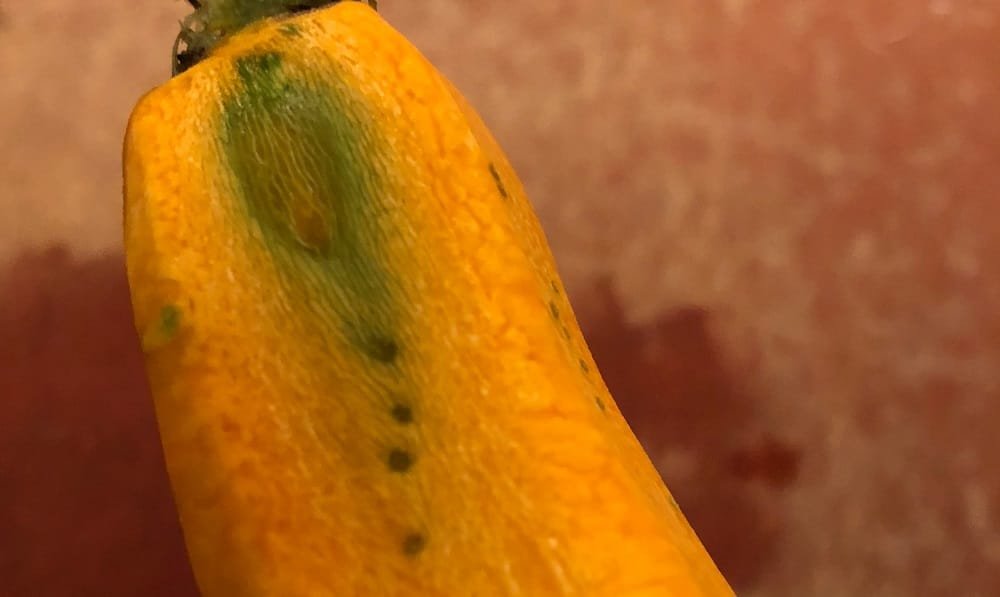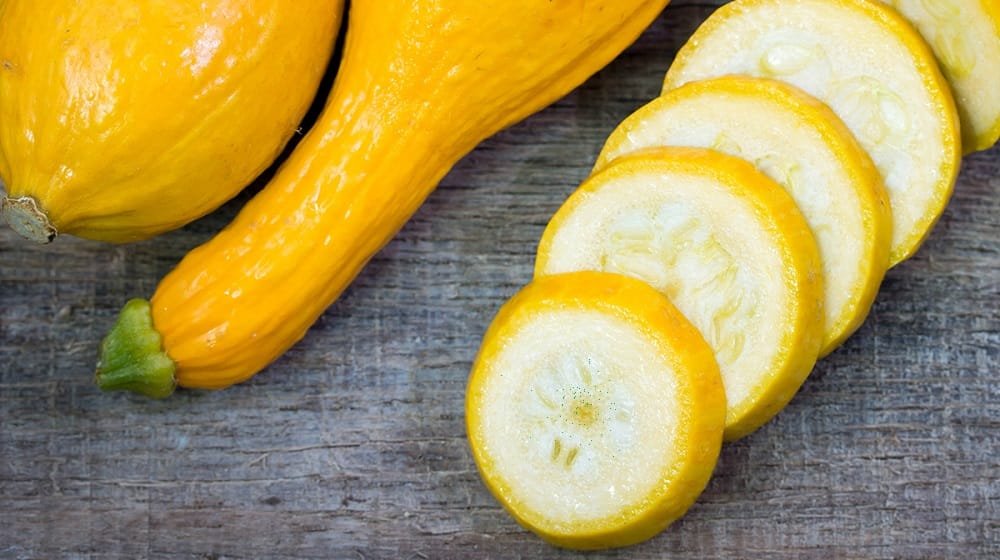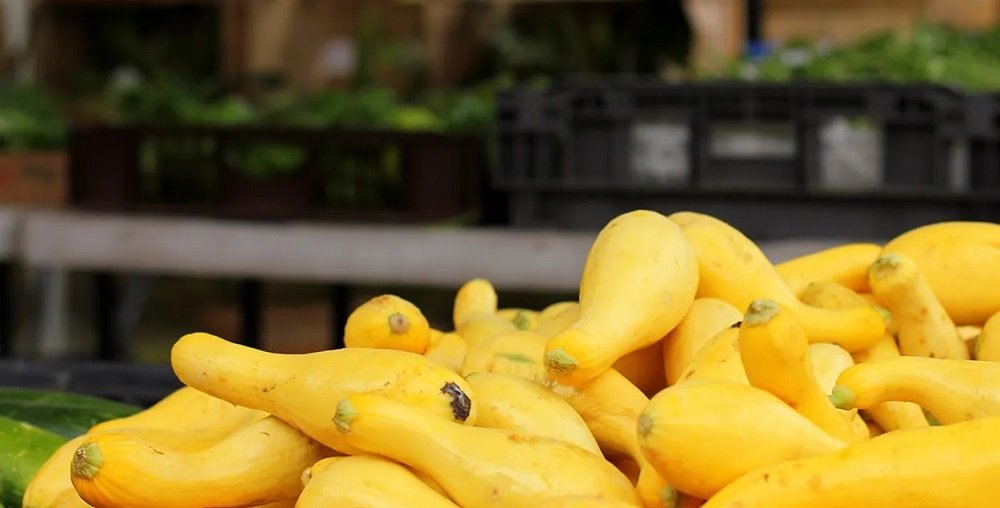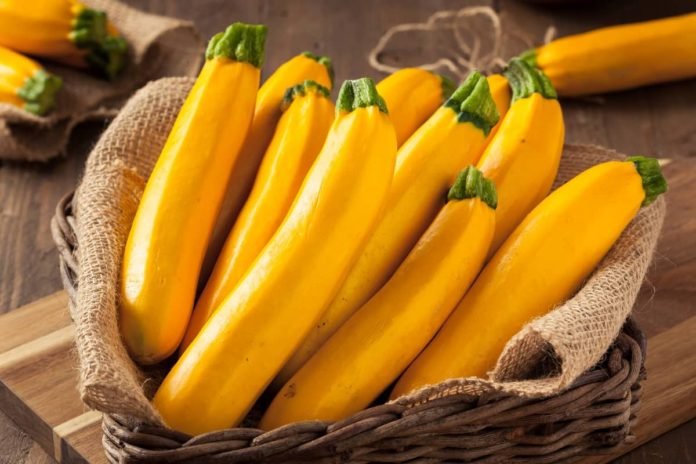Obviously, planting and harvesting yellow squash should give you yellow fruit as well. If you open up your yellow squash and see that it is green instead, then you know that something is wrong.
Now, before we get into the nitty gritty details as to why your yellow squash is green inside, it is crucial to know first that it might not be safe to eat it.
Remember, we will only be listing the possible causes and ways on how to prevent this from happening. Side effects of eating this “kind” of squash might not be as easy to deal with.
Why Is My Yellow Squash Green Inside?

There are lots of different factors and possible reasons as to why a yellow squash is green inside. Sometimes it is due to natural phenomenon, and sometimes, it is just the effect of external stimuli such as viruses, pests or other organisms.
Here are the possible reasons as to why your yellow squash might be green inside:
#1 Cross Pollination
Squash plants are very well known for cross-pollinating with other plant variants of their kind. However, there are ways to avoid this.
If you garden by saving up your seeds and planting them in the same garden every year, this might cause the green patch or tint to your yellow squash.
For instance, if you plant some zucchini or eggplants in your garden this year, then plant yellow squash seeds the next year. There’s a high chance that your yellow squash will develop either violet or green patches.
To avoid this, just do not mix up the seeds you will be planting in your garden. If possible, portion or section the garden to avoid overlapping seeds or cross pollination.

Because even if it has been a year already, chances are, the pollens of your previous plant are still present in the soil.
This is in turn, might affect your yellow squash.
2. Confusion in Squash Varieties
There are lots of different squash seed/plant varieties out there. Some of which are most commonly seen in your local market, some are quite rare.
But the most important fact here is that mislabeled seeds, misleading cultivar colors and squash type might be the source of the confusion.
And this confusion, in turn, might be the reason why your squash has green patches. Also, there are also two types of squash that might turn out yellow or green, interchangeably.
Depending on what their cultivar is, patty pan squashes and globe squashes can either be yellow or green. Avoid this by simply reading the seed descriptions thoroughly.

Be sure to note the cultivar of a squash and label your seeds properly to avoid planting a particular seed accidentally when you plan to plant yellow squash seeds instead.
3. Mosaic Virus/Disease
Finally, another cause of a yellow squash turning green inside would be the yellow mosaic virus or the cucumber mosaic virus. It a disease that usually occurs in plants like squash. Among all the possible reasons above, this might be the most serious one.
A yellow squash with a disease usually turns green completely, or the colors yellow and green seem to be battling on the fruit. (probably half of the fruit is yellow, and patches or another half is green)
Other symptoms would be squash leaves turning white, or foliages on the squash vine itself might appear to have the same mottled effect as mentioned earlier.
But the most common symptoms can be as simple as misshapen squash fruits or the plant in general not yielding as many fruits.
It is important to note that diseases like this can spread even from host plants like common garden weeds or even flying insects (which are natural pollinators). These carrier insects usually include aphids or whiteflies.
You can avoid this by choosing squash varieties that have a precocious yellow gene. Or if the virus has already infected your garden, you might have to kill the plant and free the soil from pests/carrier insects.
At The End Of The Day
At the end of the day, before eating a green tinted squash, make sure you know the cause first, as to why it became green. Do not feel guilty for throwing a perfectly good yellow squash simply because of its green patches.








